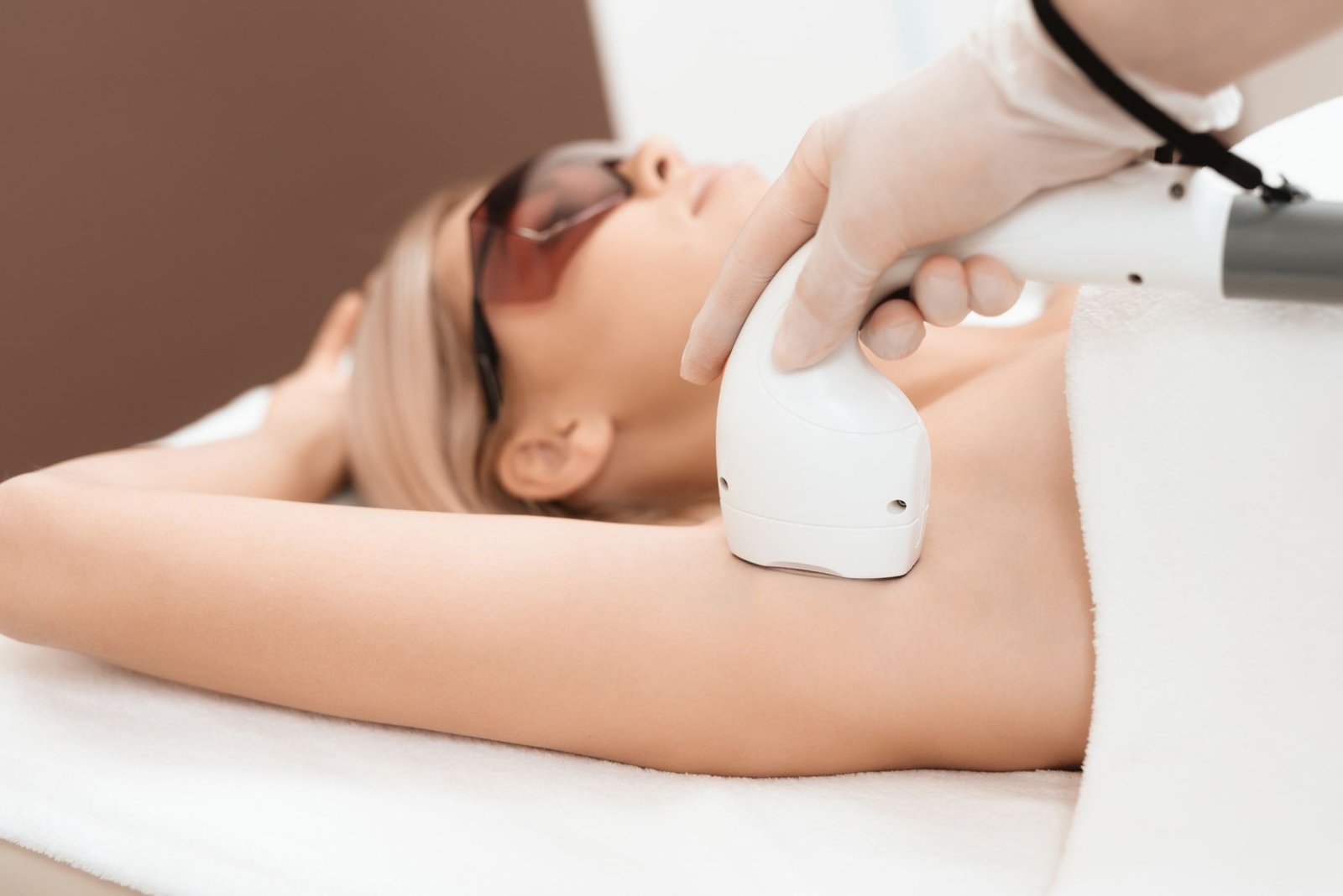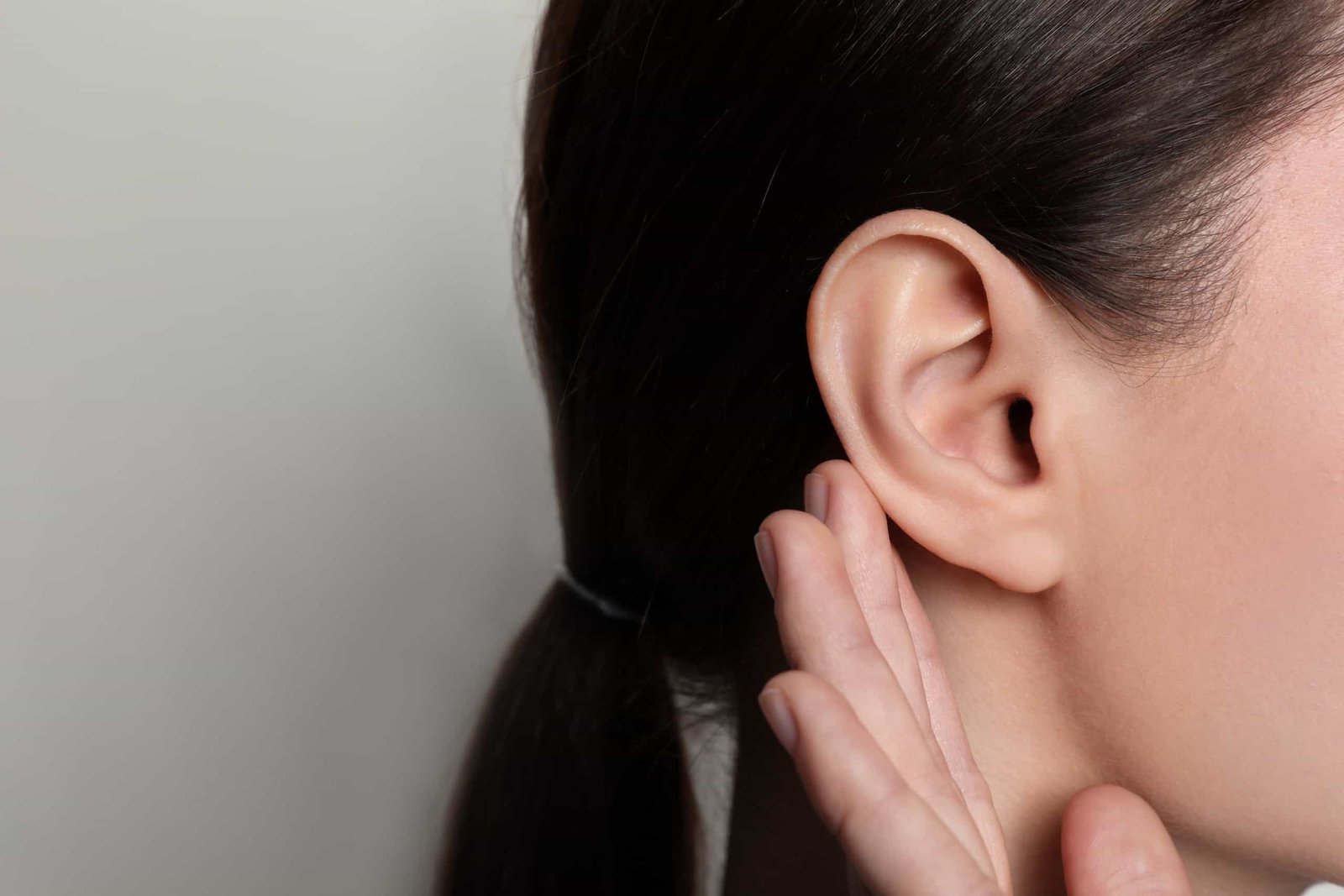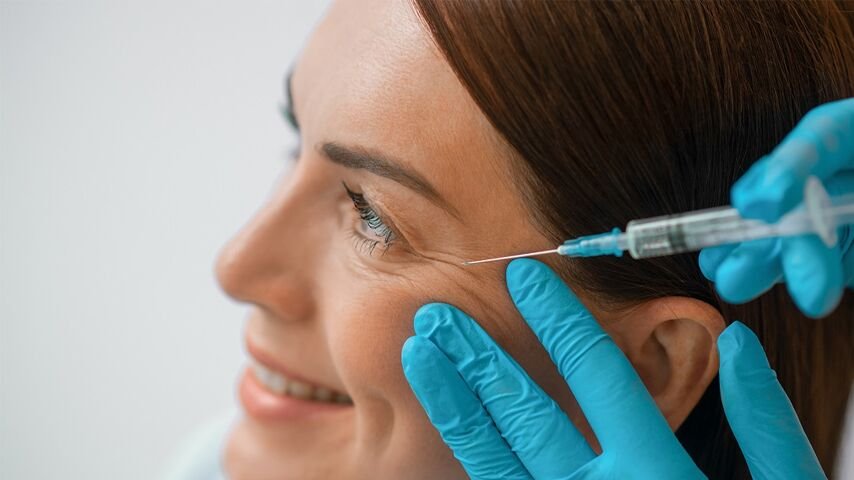If you’ve made the decision to remove your tattoo, you may be wondering how many sessions are needed for effective laser tattoo removal. The number of sessions required to fully remove a tattoo depends on several factors, including the size, color, and age of the tattoo, as well as your skin type and the type of laser used. Laser Tattoo Removal(إزالة الوشم بالليزر) is a gradual process that involves breaking down the ink particles within the skin, which are then absorbed and eliminated by your body’s immune system over time. Understanding the factors that influence the number of sessions and setting realistic expectations is key to a successful tattoo removal experience.
Factors Influencing the Number of Sessions:
There are several variables that affect how many sessions you’ll need for complete tattoo removal. While some tattoos may be removed in a few sessions, others may require more time and effort. Let’s take a closer look at the key factors that determine the number of sessions.
Size and Location of the Tattoo:
- Small Tattoos: Smaller tattoos, particularly those with a single color, tend to require fewer sessions, often between 3 to 5.
- Large Tattoos: Larger tattoos or those with intricate designs typically need 6 to 10 sessions for optimal results.
- Location: Tattoos located on areas with thinner skin (such as the face or wrists) may take fewer sessions to fade, while tattoos on thicker skin or areas with poor blood flow (like the back) may require more treatments.
Ink Color and Type:
- Dark Colors: Tattoos with dark ink, particularly black and blue, are easier to treat and may require fewer sessions compared to lighter-colored tattoos.
- Bright and Light Colors: Red, yellow, green, and other bright or light colors are more challenging to remove and often require more sessions to fully break down the ink.
Tattoo Age and Depth:
- Older Tattoos: Older tattoos may fade more easily than newer ones, requiring fewer treatments. Ink tends to break down over time, so older tattoos are often easier to treat.
- Ink Depth: The deeper the ink was injected into the skin, the longer it will take for the body to break down the pigment. Shallow tattoos typically fade quicker.
How the Laser Works in Tattoo Removal?
Laser tattoo removal works by using high-powered lasers to target and break up the ink particles in the skin. The laser emits concentrated light that is absorbed by the tattoo pigment, causing it to shatter into smaller pieces. The body’s immune system then removes these particles over time. The process requires multiple sessions because the body can only clear a certain amount of ink in each treatment.
Types of Lasers Used for Tattoo Removal:
- Q-Switched Lasers: This is the most commonly used laser for tattoo removal. It’s effective for a broad range of ink colors and is a reliable choice for removing tattoos in fewer sessions.
- Picosecond Lasers: These lasers deliver ultra-short bursts of energy to shatter ink particles even more effectively than Q-switched lasers. This can lead to faster results with fewer sessions.
- Nanosecond Lasers: Typically used for larger tattoos, nanosecond lasers work by sending longer pulses of energy to target deeper ink layers.
The Treatment Process:
During each session, a trained professional will apply the laser to the tattooed area. The tattoo will likely darken before it fades, and you may experience slight discomfort, similar to the feeling of a rubber band snapping on your skin. After each session, the body will begin to absorb the broken-down ink particles, gradually fading the tattoo over time.
Pain and Recovery Between Sessions:
While laser tattoo removal is generally safe, it can be a bit uncomfortable. However, the discomfort is manageable and varies depending on your pain tolerance and the area being treated. The recovery time between sessions is usually short, but it’s important to follow proper aftercare instructions to avoid complications.
Pain During Treatment:
- Pain Level: The procedure is often described as feeling like a rubber band snapping against the skin. The pain can be more intense on sensitive areas, such as the ribs or face.
- Numbing Creams: Topical numbing creams or local anesthesia are often applied to the treated area to help alleviate discomfort during the procedure.
Recovery Between Sessions:
- Post-Treatment Redness: After each session, the treated area may be red, swollen, and tender. This typically subsides within a few hours to a couple of days.
- Blistering and Scabbing: Some people experience blistering or scabbing as part of the healing process, which should not be picked to avoid scarring.
- Rest Period Between Sessions: Sessions are spaced out about 4-8 weeks apart to allow the skin to heal and the body to absorb the ink particles.
Proper aftercare, including moisturizing and avoiding sun exposure, is critical to ensure a smooth recovery between sessions.
Number of Sessions Based on Tattoo Characteristics:
| Tattoo Type | Sessions Needed | Factors to Consider |
|---|---|---|
| Small, Simple Tattoo | 3-5 | Fewer sessions, easier to remove |
| Large, Detailed Tattoo | 6-10 | More sessions due to size and design |
| Dark Ink (Black/Blue) | 4-6 | Easier to treat compared to lighter colors |
| Bright Colors (Yellow/Green) | 6-10 | Harder to remove, requires specialized lasers |
| Older Tattoos | 3-6 | Often easier to remove due to ink fading |
| New Tattoos | 5-8 | Deeper ink may require more treatments |
Benefits of Multiple Laser Sessions:
While the idea of multiple treatments may seem daunting, there are several benefits to spreading the removal process over multiple sessions.
Key Benefits:
- Safe and Effective: Multiple sessions allow the body to process the ink safely, reducing the risk of side effects like scarring.
- Customizable Treatment: The number of sessions can be adjusted based on your tattoo’s response to treatment.
- Minimal Downtime: Each session is relatively short, and recovery is typically quick, meaning you can return to your normal activities with little disruption.
Side Effects of Laser Tattoo Removal:
While laser Tattoo Removal(إزالة الوشم) is generally safe, there are some side effects to consider. Most side effects are temporary and resolve with proper care, but it’s important to understand the risks.
Common Side Effects:
- Redness and Swelling: A common and temporary side effect that usually fades within a few hours or days.
- Blistering: Some people may experience blistering or scabbing, which should not be picked to avoid infection or scarring.
- Pigment Changes: The treated area may experience either darkening (hyperpigmentation) or lightening (hypopigmentation) due to the laser’s effect on melanin production.
- Scarring: Although rare, scarring can occur if the tattoo is treated incorrectly or after improper aftercare.
Most of these side effects are manageable and temporary, with proper aftercare reducing the risk of lasting damage.
FAQs About Laser Tattoo Removal:
How many sessions does it take to remove a tattoo?
The average number of sessions is between 5 and 10, depending on the tattoo’s size, color, and depth.
Is laser tattoo removal painful?
It can be uncomfortable, but numbing creams are available to reduce pain during the procedure.
Can all tattoos be completely removed with lasers?
Most tattoos can be removed, but some, especially those with lighter colors, may require more sessions or specialized lasers.
Do I need to do anything between sessions?
You should avoid sun exposure, moisturize the area, and follow any specific aftercare instructions provided by your practitioner.
How long does it take to see results?
Visible fading may begin after the first session, but complete removal often requires several sessions spaced a few weeks apart.
Conclusion
In conclusion, the number of sessions needed for effective tattoo removal can vary significantly based on several factors, including the tattoo’s size, color, age, and the technology used. While it typically takes between 5 and 10 sessions, it’s important to understand that each tattoo is unique, and your body’s response to treatment will also play a key role in the process. Laser tattoo removal is generally safe and effective, especially when performed by a trained professional.
Remember, the process requires patience and proper aftercare to achieve the best results without complications. Always consult with a qualified dermatologist or laser specialist to set realistic expectations and develop a personalized treatment plan tailored to your needs.
















Leave a Reply